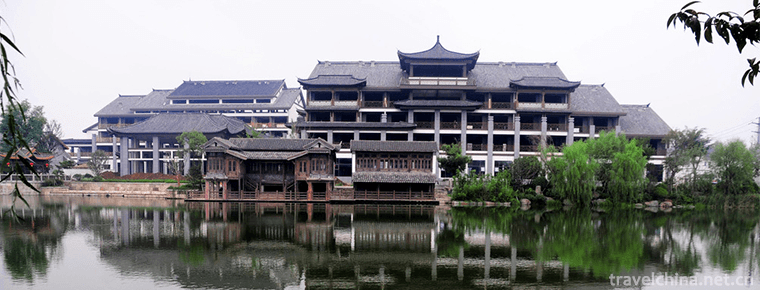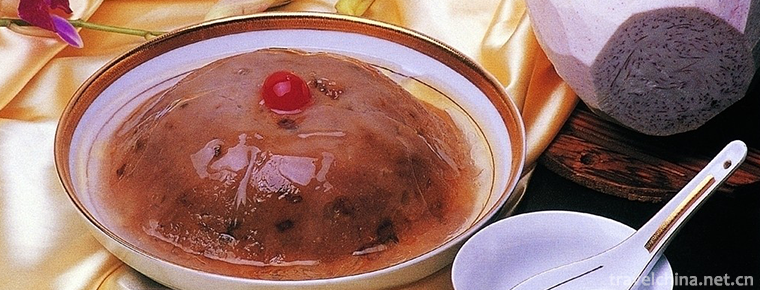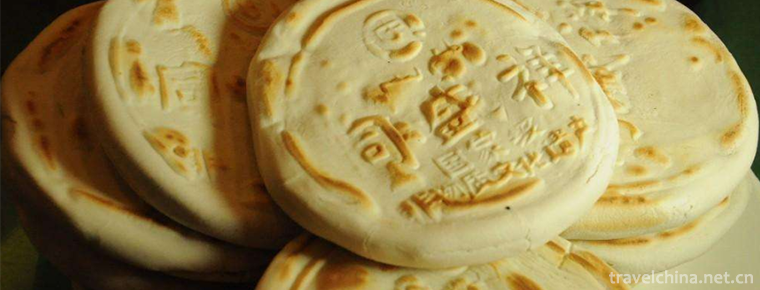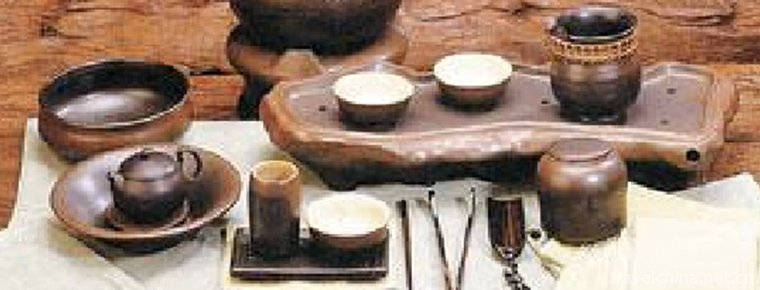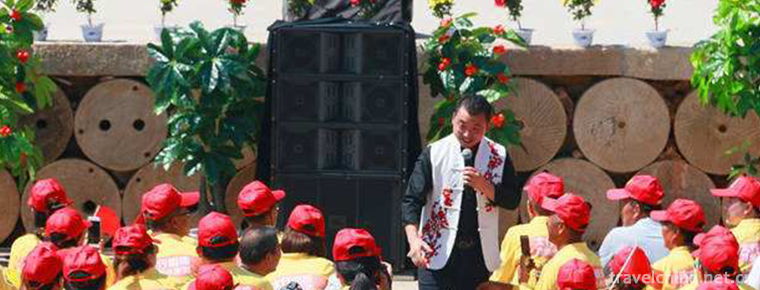History and culture of Mianyang
History and culture of Mianyang
Town God's Temple Conference
Located 47 kilometers south of Santai County, Qijiang ancient town was once the capital of Qi state during the spring and Autumn period and the Warring States period. Every year on the 27 to 28 May of the lunar calendar, all the male and female believers around the eight towns and villages in Town God's Temple will go to the ancient town of "Jiang" to catch up with a hundred years of history. This activity has been listed as the intangible cultural heritage of Sichuan Province. It mainly prays for peace and good luck through the City God's patrol, and carries out an ancient folk activity - Praying for rain. Every year, the town will hold the annual "5.28 Town God's Temple conference" once a year, and go to the ancient town to observe folk performances, to listen to Sichuan Opera in the ancient stage, to enter the Han tombs, and to culture the culture of ancient and ancient countries. In addition, a series of wonderful folk performances, such as "land lotus boat", "lame man getting married", "pig Bajie carrying daughter-in-law", "chicken bus picking up little daughter-in-law" have also been staged.
Intangible cultural heritage
Local specialties
Mianyang's famous local products include: wood carving lacquerware, antique furniture, wall hanging, tie dyeing, jute carpet, water mill lacquerware, glass painting, fans, bamboo and poultry, as well as Pingwu jujube and plum thread, Beichuan tea, Beichuan bacon, walnut, agaric, sweet potato, Guangyou instant vermicelli, Xuebao milk, Jiangyou Zhongba soy sauce, Zitong pastry and other famous and high-quality products.
Mianyang is one of the main producing areas of traditional Chinese medicine in Sichuan. It is rich in aconite, Aconitum, Ophiopogon japonicus, Gastrodia elata, Salvia miltiorrhiza, Magnolia and Platycodon grandiflorum.

-
Taierzhuang Ancient Town
Taierzhuang Ancient City, located at the center of the Beijing-Hangzhou Grand Canal, is located at the junction of Taierzhuang District, Zaozhuang City, Shandong Province.
Views: 115 Time 2018-12-08 -
Golden Sands Beach
Golden Beach is located in the southern end of Shandong Peninsula, the Yellow Sea coast of Qingdao Huangdao District, Golden Beach Road. It is bordered by the Yellow Sea in the South and stretches.
Views: 134 Time 2019-01-26 -
Luliang Colorful Sand Forest
Luliang color sand forest is a national AAAA tourist area, 18 kilometers away from Luliang County. 108 named scenic spots are located in the "Y" shaped canyon, with a total area of 180 hecta.
Views: 133 Time 2019-02-06 -
Xuanzhen Ancient Cave Ecotourism Area
Xuanzhen Gudong Ecotourism Area is located in the north of Qingxin County, about two kilometers away from Qingyuan City. The area of the whole scenic area is 7.8 square kilometers..
Views: 243 Time 2019-02-26 -
Eight treasures taro
Babao taro paste is one of the local traditional sweet spots in Fujian cuisine. This dish is delicate, soft, sweet and delicious. It looks like a cold dish but burns its mouth. It has a unique flavor..
Views: 114 Time 2019-03-27 -
Production Techniques of Tongshengxiang Beef and Mutton Bubble
Tongshengxiang steamed beef and mutton steamed bun was founded in 1920. It was named Tongshengxiang with the meaning of "prosperity and auspiciousness". Its steamed bread is made of meat of .
Views: 182 Time 2019-06-21 -
Production Techniques of Oolong Tea
Oolong tea production technology is a local traditional handicraft in Anxi County, Fujian Province. Historically, during the reign of Yongzheng in Qing Dynasty (1723-1735), tea farmers in Anxi County .
Views: 156 Time 2019-06-29 -
Xibo Folk Stories
Xibo folk tales, Xibo people are descendants of Xianbei people in ancient times. Xianbei was originally nomadic in the eastern foot of the Great Hinggan Mountains, and has been hunting and fishing for.
Views: 197 Time 2019-07-01 -
Left power blossoms
The style of Zuoquan folk songs began to take shape in Sui Dynasty. In 1930s, Zuoquan flowering tune was derived from Zuoquan folk songs. Zuo Quan's blooming tunes are exquisite in conception, novel i.
Views: 369 Time 2019-08-16 -
Ge Dongdong
Ge Dongdong, Shanghai University of Finance and Economics Professor, doctoral supervisor, director of China Operations Research Society; President of the Institute of cross science; Deputy director of.
Views: 337 Time 2019-09-07 -
Kangding yak meat
There are many wild medicines such as Fritillaria, Cordyceps and so on growing in these areas over 3500 meters. Yaks often eat these herbs, and their meat is incomparably delicious. After being killed, they can be roasted in brown sauce, stewed or dried in the cold.
Views: 201 Time 2020-12-06 -
Luzhou cuisine
Sichuan hotpot, famous for its hemp, spicy, fresh and fragrant, is the representative of Sichuan cuisine. It is said that the birthplace of Sichuan hotpot is xiaomitan in Luzhou (near Gaoba, Luohan street, Longmatan District)..
Views: 70 Time 2020-12-14
